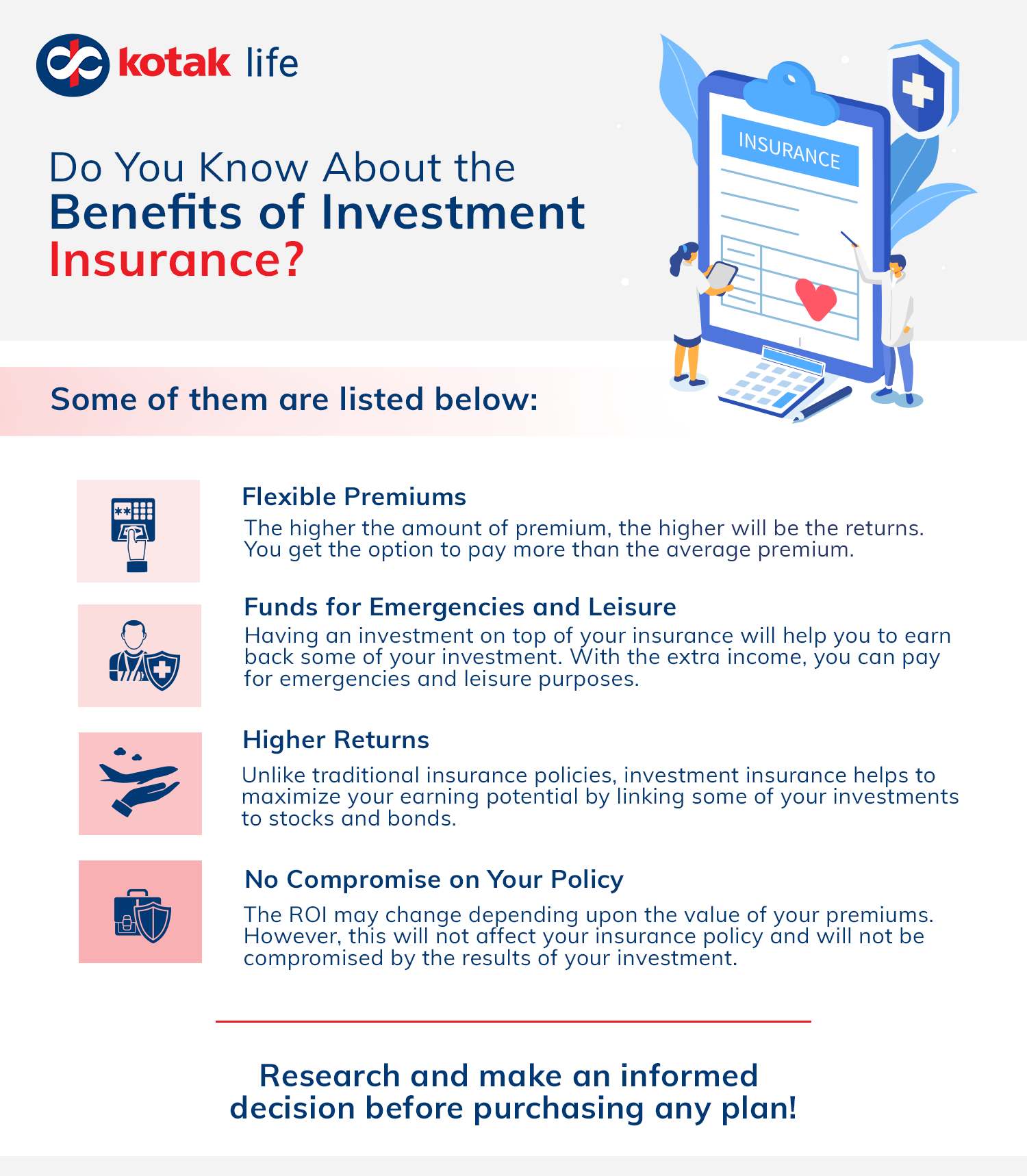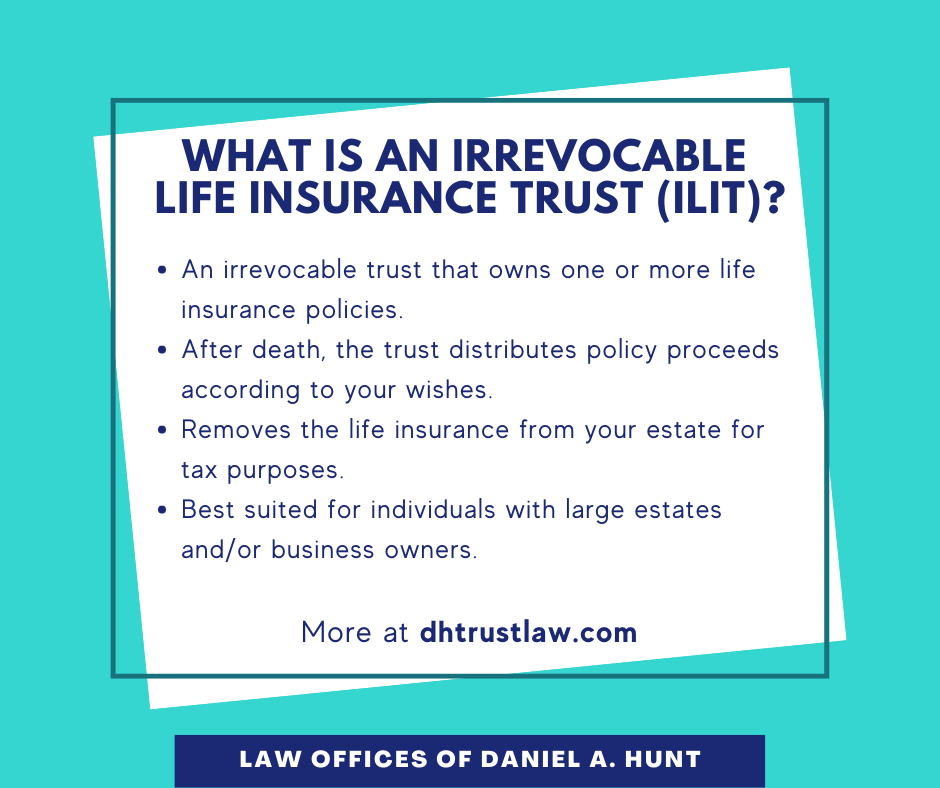The Ultimate Guide To Pacific Prime
Wiki Article
3 Easy Facts About Pacific Prime Described
Table of ContentsNot known Facts About Pacific PrimeAll about Pacific PrimeNot known Facts About Pacific PrimeAll About Pacific Prime
In many states, the insurance provider is needed to send you a copy of the changes to your policy. It is essential that you read Endorsements or Cyclists so you comprehend just how your plan has actually transformed and if the plan is still appropriate to satisfy your requirements. To obtain a duplicate of your insurance plan, please call your insurance agent or company.
The Institute of Medicine (IOM) Board on the Consequences of Uninsurance launches an extensive assessment of evidence that addresses the importance of medical insurance coverage with the magazine of this report. Insurance coverage Matters is the first in a series of six reports that will certainly be provided over the following 2 years documenting the reality and repercussions of having an approximated 40 million individuals in the United States without health insurance protection.

Pacific Prime Can Be Fun For Everyone
The goal of this series of research studies is to redouble policy interest on a historical problem. Following the longest financial growth in American history, in 1999, an approximated one out of every six Americans32 million grownups under the age of 65 and more than 10 million childrenremains uninsured (Mills, 2000).
Ten percent of the populace accounts for 70 percent of health care expenses, a relationship that has actually stayed consistent over the past three decades (Berk and Monheit, 2001) - group insurance plans. Therefore wellness insurance policy continues to serve the feature of spreading out threat also as it progressively funds regular treatment. From the point of view of healthcare companies, insurance policy lugged by their clients helps secure an earnings stream, and communities gain from financially practical and stable healthcare professionals and establishments
Government provides health insurance to populations whom the private market may not offer effectively, such as disabled and elderly individuals, and populaces whose accessibility to wellness treatment is socially valued, such as children and expecting women. The ultimate ends of health insurance policy coverage for the individual and neighborhoods, including work environment communities of staff members and employers, are improved wellness end results and high quality of life.
The Only Guide for Pacific Prime
Employees rate wellness insurance policy first without a doubt in value among all the advantages provided in the office (Salisbury, 2001). There have been sizable financial investments of individual and public funds to supply health and wellness insurance, many people still have no protection. the original source Regardless of considerable coverage of study searchings for and healthcare research study results, the basic public stays overwhelmed and mistaken regarding Americans without medical insurance and the ramifications of doing not have protection.
Without inquiry, the complexity of American healthcare funding systems and the wide range of resources of info contribute to the general public's confusion and suspicion regarding medical insurance statistics and their analysis. This report and those that will certainly adhere to goal to boil down and provide in readily easy to understand terms the considerable research study that births on concerns of medical insurance coverage and its importance.
Fifty-seven percent of Americans polled in 1999 thought that those without medical insurance are "able to get the care they need from physicians and health centers" (Blendon et al., 1999, p. 207). In 1993, when national interest was concentrated on the troubles of the uninsured and on pending health and wellness care regulation, just 43 percent of those polled held this belief (Blendon et al., 1999).

They additionally obtain fewer preventive services and are much less most likely to have regular take care of chronic problems such as high blood pressure and diabetes. Chronic diseases can bring about pricey and disabling difficulties if they are not well handled (Lurie et al., 1984; Lurie et al., 1986; Ayanian et al., 2000). One national study asked even more than 3,400 adults concerning 15 highly major or dark conditions.
Get This Report about Pacific Prime
Additional proof is provided later on in this phase in the conversation of insurance and accessibility to healthcare. http://go.bubbl.us/e0d727/3ee9?/New-Mind-Map. Individuals without medical insurance are young and healthy and balanced and choose to go without coverage. Practically half (43 percent) of those surveyed in 2000 believed that people without wellness insurance coverage are extra most likely to have health issue than people with insurance policyVoters and plan makers in emphasis team discussions define those without insurance as youngsters who have the possibility to be covered and feel they do not need it (Doorperson Novelli, 2001). Compared to those with at the very least some private insurance coverage, the uninsured are much less most likely to report being in excellent or excellent health and wellness (Agency for Healthcare Research Study and High Quality, 2001).
SOURCE: Facility for Price and Financing Research Studies, Company for Healthcare Research Study and Quality, based on MEPS information. Youthful adults between 19 and 34 are even more likely to do not have wellness insurance coverage than any kind of other age. This is mainly because they are less commonly qualified for employment-based insurance policy because of the nature of their job or their short period in it.
The assumption that people without insurance have better-than-average health and wellness complies with from perplexing the relatively young age profile of the uninsured with the better health and wellness, generally, of younger individuals. This obscures the link between health status and medical insurance. For those without access to work environment health and wellness insurance policy, poor health and wellness is a prospective obstacle to buying nongroup protection since such protection might be extremely priced, exclude pre-existing problems, or be merely inaccessible.
Report this wiki page